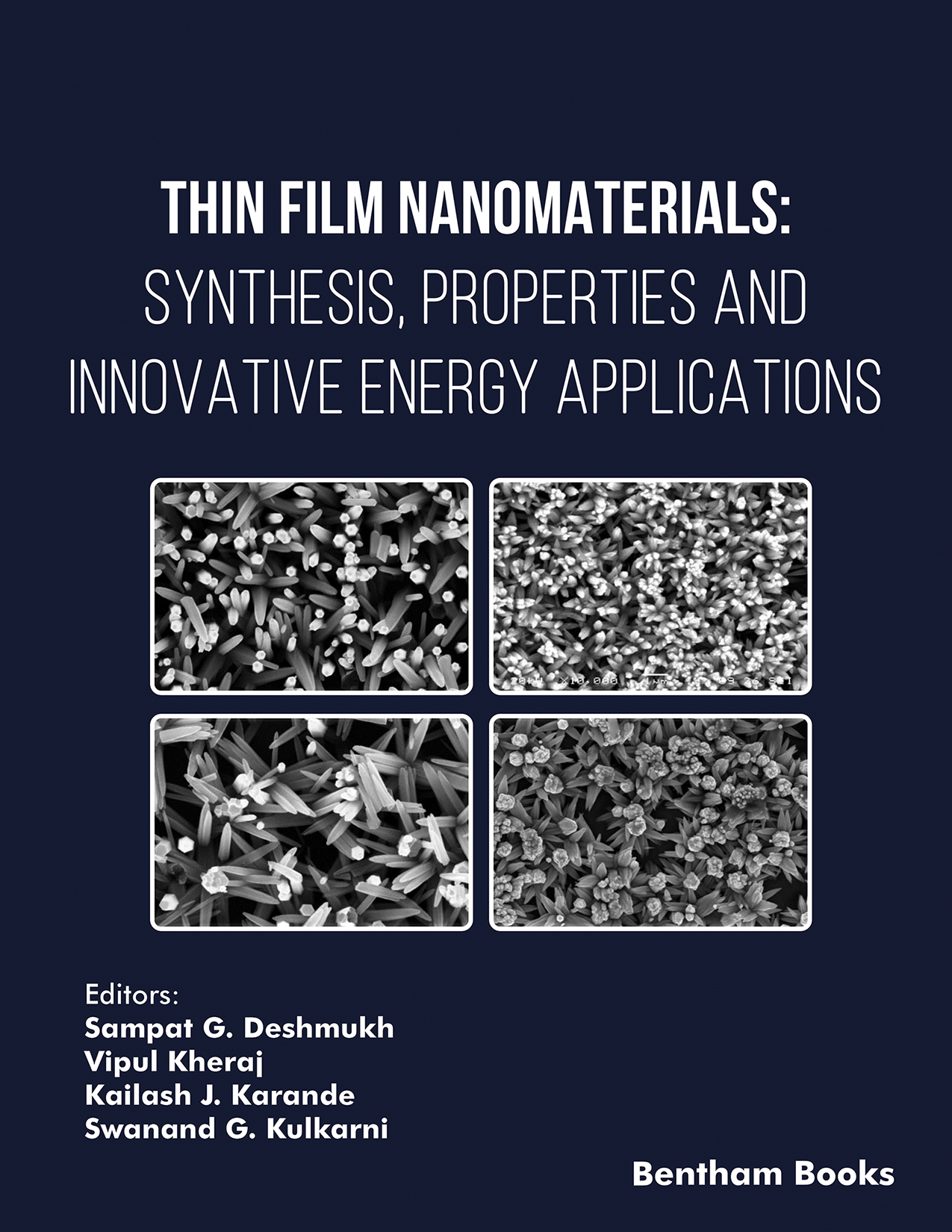Introduction
Thin Film Nanomaterials: Synthesis, Properties and Innovative Energy Applications provides a comprehensive overview of the synthesis, properties, and cutting-edge applications of thin film nanomaterials. Each chapter explores different aspects of thin film synthesis and its application in energy devices, showcasing different metal-based and carbon nanomaterials.
The book begins with a discussion on the synthesis and characterization of cadmium and zinc sulphide thin films for opto-electronics energy devices. Subsequent chapters delve into critical reviews of CIGS thin film nanomaterials, deposition techniques for metal oxide nanocomposite films, and nanostructured TiO2@carbon films for photocatalytic applications.
Bandgap engineering, optical properties of composite films, and recent advancements in metal oxide thin films are also covered. Additionally, the synthesis and characteristics of iron oxide films for solar cell and green energy storage applications are discussed.
Chapters on challenges and future prospects of CNT-based cathode emitters and advanced characterizations of nanocrystalline ferrimagnetic thin films provide valuable insights into emerging technologies.
This book is an essential resource for professors, scientists, engineers, research scholars, postdocs, and undergraduate/graduate students seeking to explore the forefront of nanomaterials and their applications in energy systems.
Readership
Students and academics taking advanced materials science and engineering courses; Researchers in the energy sector.

